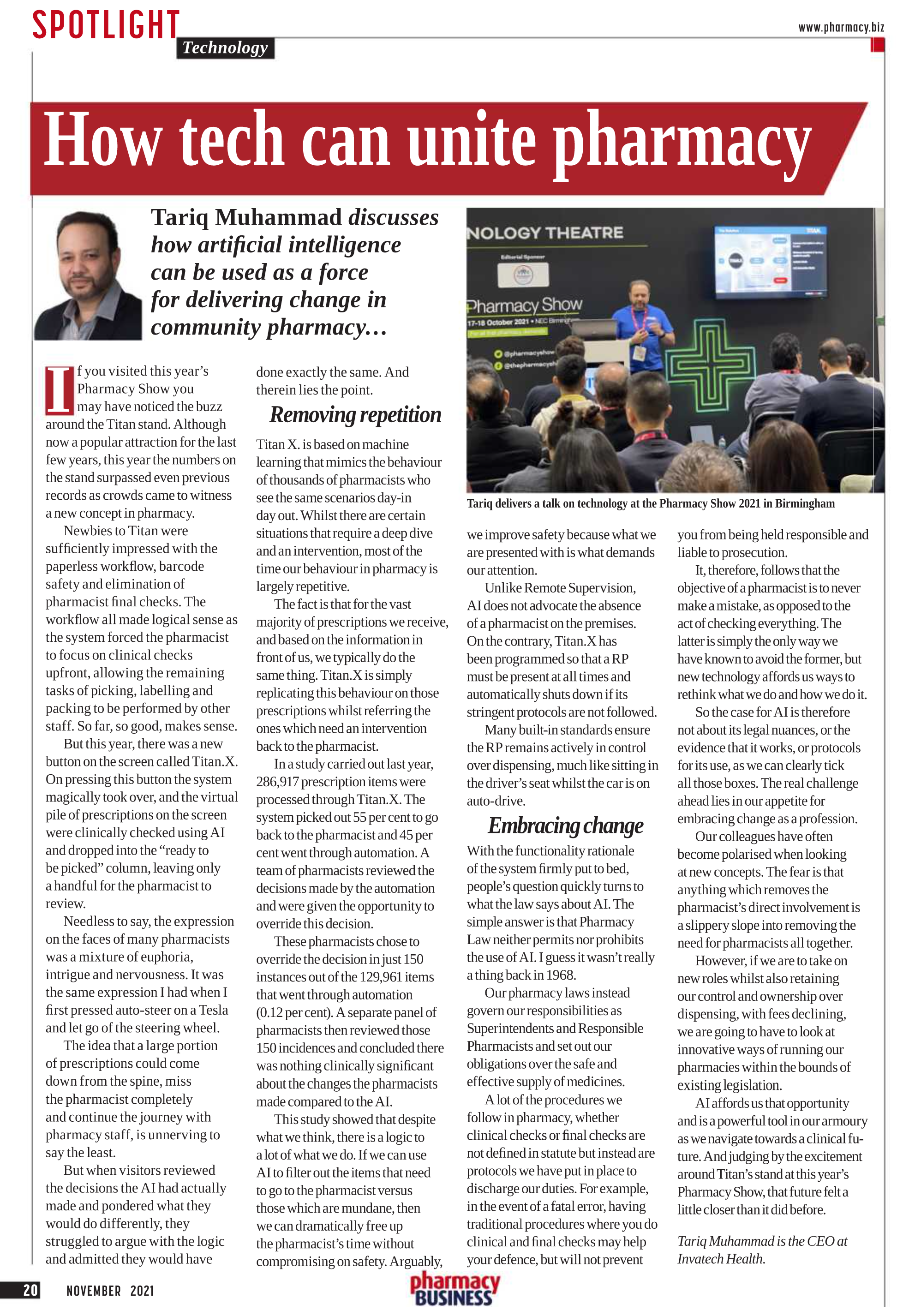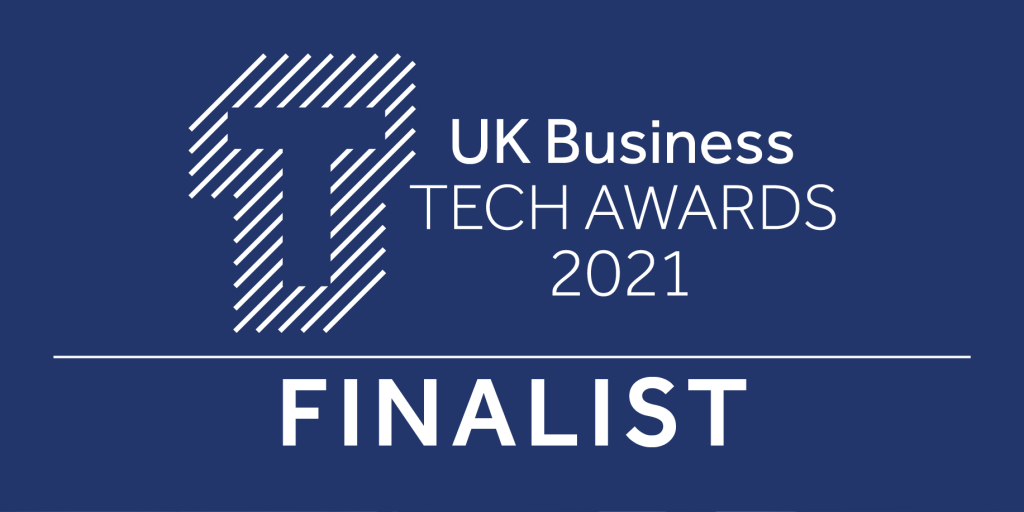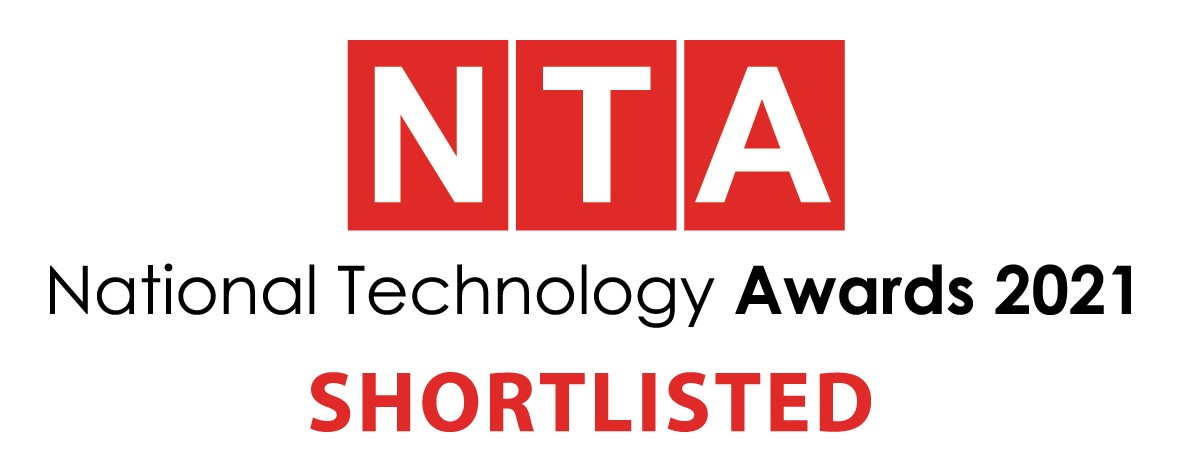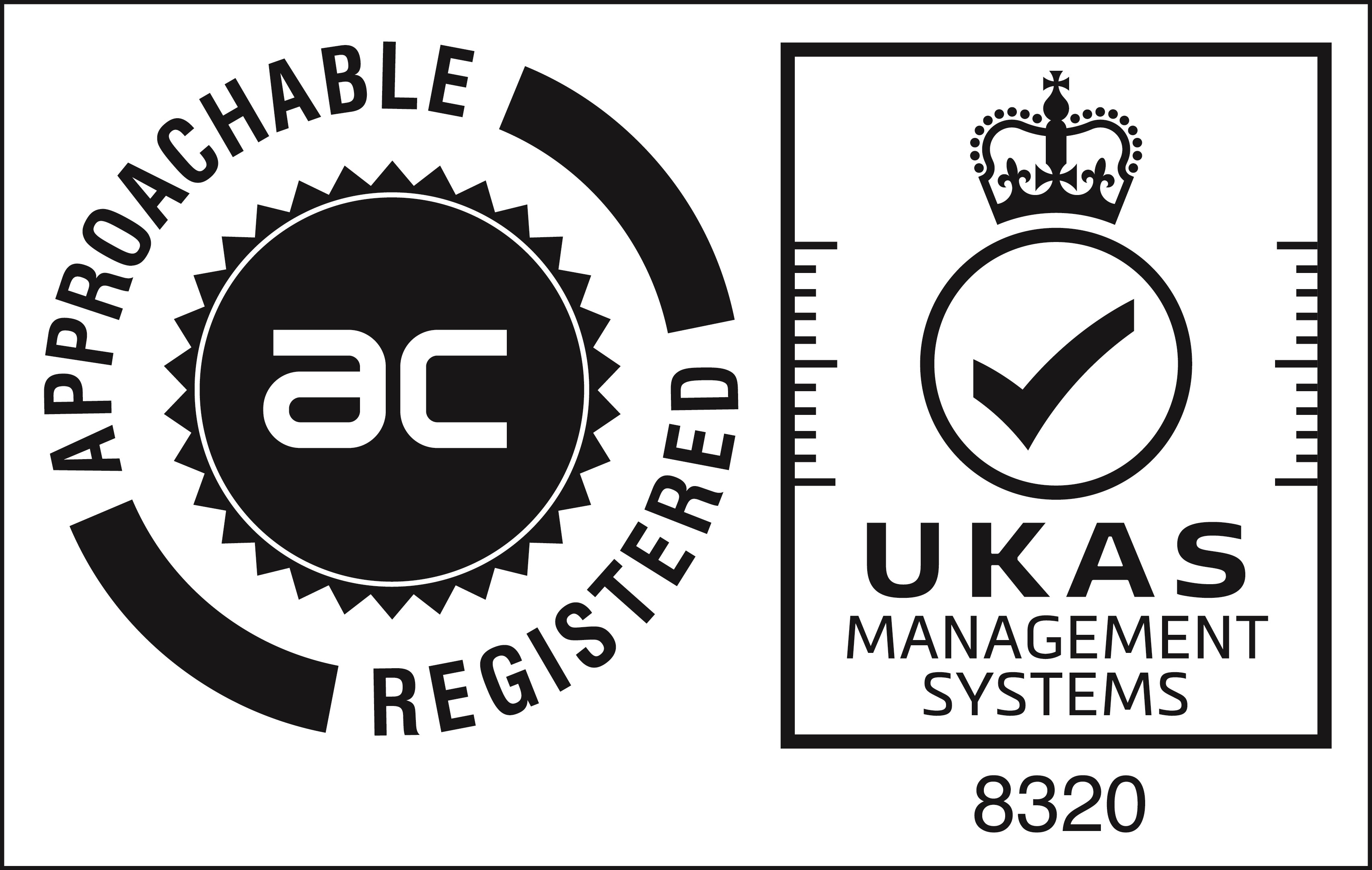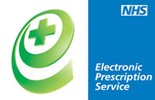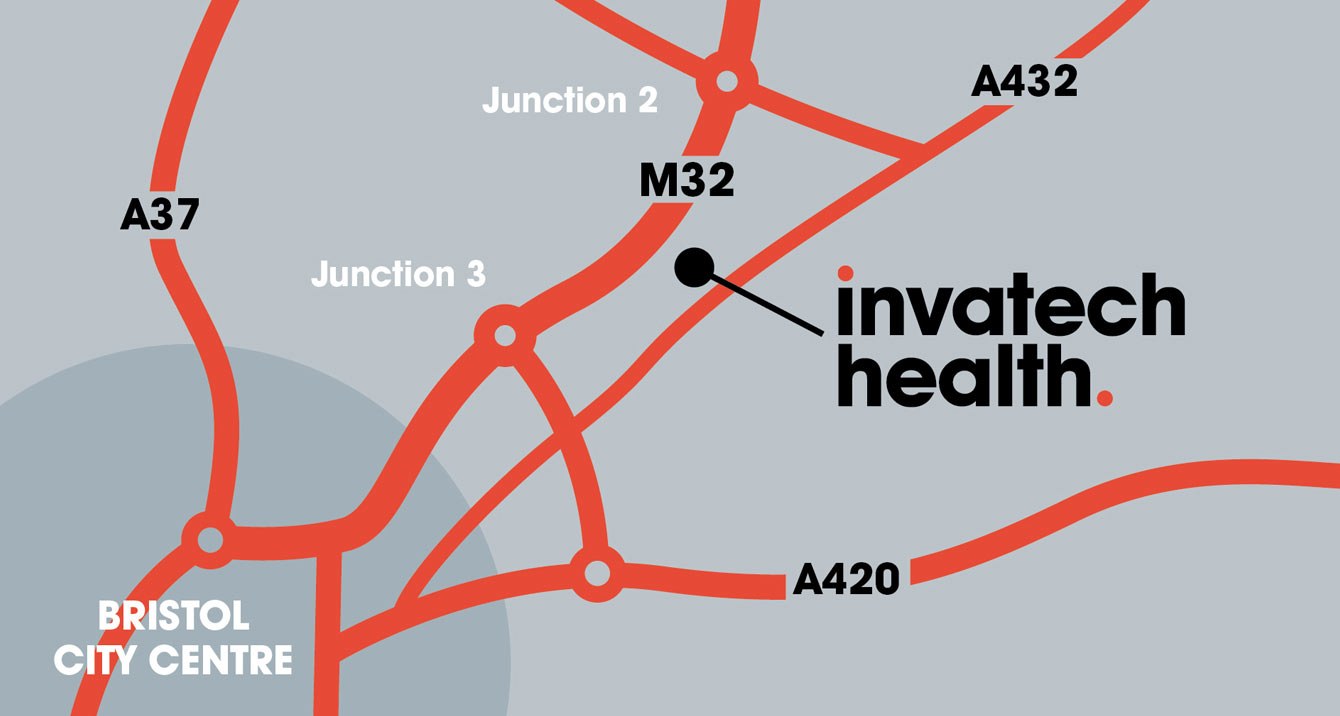Will Pharmacy AI unite or divide the Profession?
If you visited this year’s Pharmacy Show you may have noticed the buzz around the Titan stand. Although now a popular attraction for the last few years, this year the numbers on the stand surpassed even previous records as crowds came to witness a new concept in pharmacy.
Newbies to Titan were sufficiently impressed with the paperless workflow, barcode safety and elimination of pharmacist final checks. The workflow all made logical sense as the system forced the pharmacist to focus on clinical checks upfront, allowing the remaining tasks of picking, labelling and packing to be performed by other staff. So far, so good, makes sense.
But this year, there was a new button on the screen called Titan.X. On pressing this button the system magically took over, and the virtual pile of prescriptions on the screen were clinically checked using AI and dropped into the “ready to be picked” column, leaving only a handful for the pharmacist to review. Needless to say, the expression on the faces of many pharmacists was a mixture of euphoria, intrigue and nervousness. It was the same expression I had when I first pressed auto-steer on a Tesla and let go of the steering wheel.
The idea that a large portion of prescriptions could come down from the spine, miss the pharmacist completely and continue the journey with pharmacy staff, is unnerving to say the least. But when visitors reviewed the decisions the AI had actually made and pondered what they would do differently, they struggled to argue with the logic and admitted they would have done exactly the same. And therein lies the point.
Removing Repetition
Titan X. is based on machine learning that mimics the behaviour of thousands of pharmacists who see the same scenarios day-in day out. Whilst there are certain situations that require a deep dive and an intervention, most of the time our behaviour in pharmacy is largely repetitive. The fact is that for the vast majority of prescriptions we receive, and based on the information in front of us, we typically do the same thing. Titan.X is simply replicating this behaviour on those prescriptions whilst referring the ones which may need an intervention back to the pharmacist.
In a study carried out last year, 286,917 prescription items were processed through Titan.X. The system picked out 55% to go back to the pharmacist and 45% went through automation. A team of pharmacists reviewed the decisions made by the automation and were given the opportunity to override this decision. These pharmacists chose to override the decision in just 150 instances out of the 129,961 items that went through automation (0.12%). A separate panel of pharmacists then reviewed those 150 incidences and concluded there was nothing clinically significant about the changes the pharmacists made compared to the AI.
This study showed that despite what we think, there is a logic to a lot of what we do. If we can use AI to filter out the items that need to go to the pharmacist versus those which are mundane, then we can dramatically free up the pharmacists time without compromising on safety. Arguably, we improve safety because what we are presented with is what demands our attention.
Unlike Remote Supervision, AI does not advocate the absence of a pharmacist on the premises. On the contrary, Titan.X has been programmed so that a RP must be present at all times and automatically shuts down if its stringent protocols are not followed. Many built-in standards ensure the RP remains actively in control over dispensing, much like sitting in the driver’s seat whilst the car is on auto-drive.
Embracing Change
With the functionality rationale of the system firmly put to bed, people’s question quickly turns to what the law says about AI. The simple answer is that Pharmacy Law neither permits nor prohibits the use of AI. I guess it wasn’t really a thing back in 1968. Our pharmacy laws instead govern our responsibilities as Superintendents and Responsible Pharmacists and set out our obligations over the safe and effective supply of medicines.
A lot of the procedures we follow in pharmacy, whether clinical checks or final checks are not defined in statute but instead are protocols we have put in place to discharge our duties. For example, in the event of a fatal error, having traditional procedures where you do clinical and final checks may help your defence, but will not prevent you from being held responsible and liable to prosecution. It therefore follows that the objective of a pharmacist is to never make a mistake, as opposed to the act of checking everything. The latter is simply the only way we have known to avoid the former, but new technology affords us ways to rethink what we do and how we do it.
So the case for AI is therefore not about its legal nuances, or the evidence that it works, or protocols for its use, as we can clearly tick all those boxes. The real challenge ahead lies in our appetite for embracing change as a profession. Our colleagues have often become polarised when looking at new concepts. The fear is that anything which removes the pharmacists direct involvement is a slippery slope into removing the need for pharmacists all together.
However, if we are to take on new roles whilst also retaining our control and ownership over dispensing, with fees declining, we are going to have to look at innovative ways of running our pharmacies within the bounds of existing legislation. AI affords us that opportunity and is a powerful tool in our armoury as we navigate towards a clinical future. And judging by the excitement around Titan’s stand at this year’s Pharmacy Show, that future felt a little closer than it did before.

